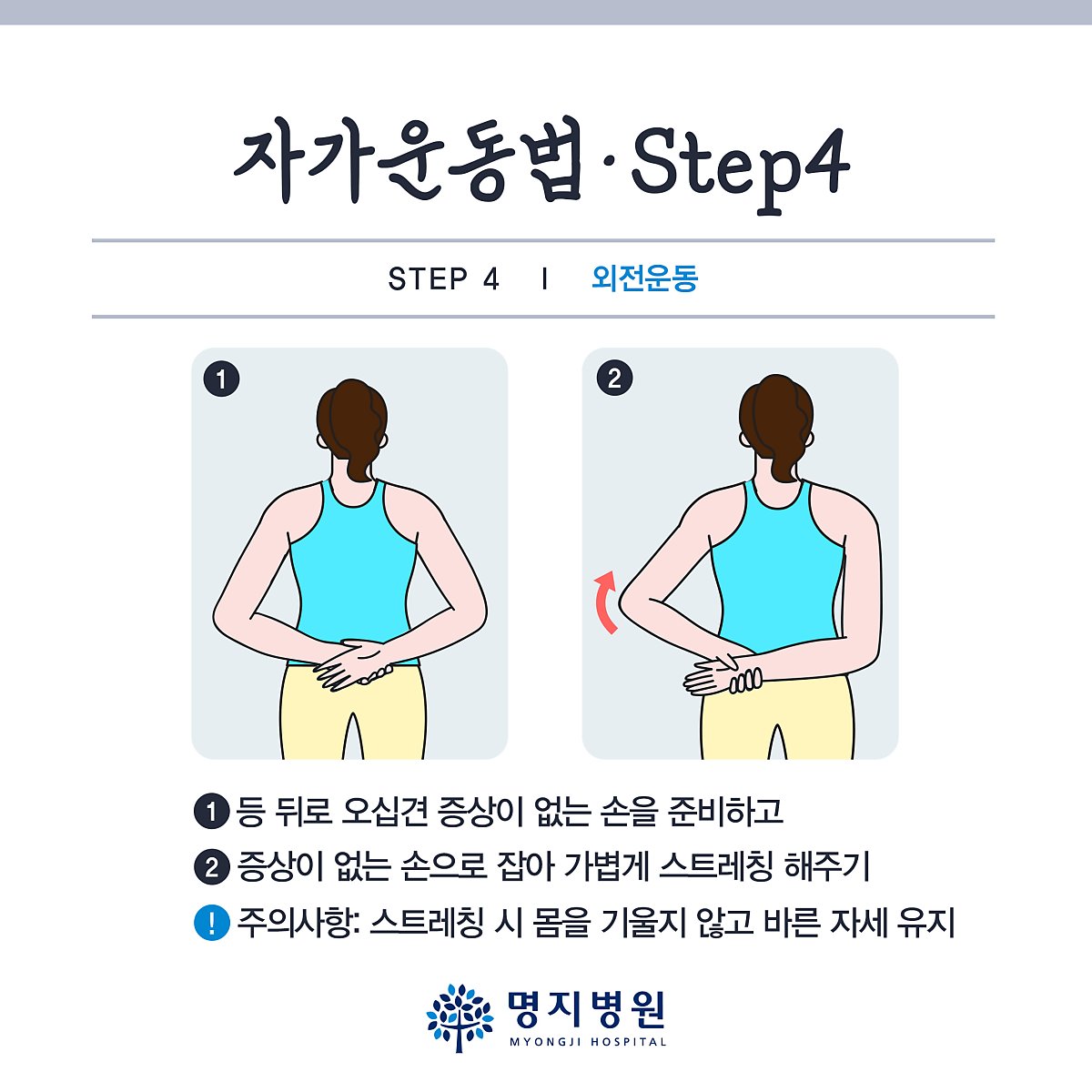Hello, I’m Ilsan High Hospital, Ilsan Joint Spine Hospital! Intervertebral disc hernia and spinal stenosis are considered the most widely known spinal diseases. In fact, if back pain continues to appear, one of the two diseases is suspected. This is because it is a commonly known spinal disease with such frequent outbreaks. Spinal stenosis is a disease in which the spinal canal, the passage through which the nerves pass, narrows for some reason and compresses the nerves.Hello, I’m Ilsan High Hospital, Ilsan Joint Spine Hospital! Intervertebral disc hernia and spinal stenosis are considered the most widely known spinal diseases. In fact, if back pain continues to appear, one of the two diseases is suspected. This is because it is a commonly known spinal disease with such frequent outbreaks. Spinal stenosis is a disease in which the spinal canal, the passage through which the nerves pass, narrows for some reason and compresses the nerves.What is spinal stenosis?Spinal stenosis is a disease in which the spinal canal, the passage through which the nerves pass, narrows for some reason and compresses the nerves. The main causes are degenerative changes caused by aging and enlarged ligaments surrounding the spine. Therefore, most middle-aged people in their 50s and older are the main age groups of spinal stenosis patients.What is spinal hernia escape?Escape of spinal hernia is a spinal disease that causes pain when the disc, a spinal tissue that contributes to relieving body shock, escapes. Escape of spinal hernia is a disease that causes pain by compressing the spinal nerve.What are the symptoms? If the following symptoms occurIf the pain is severe when you bend your back, there is a high possibility of escaping from the spinal hernia. On the contrary, if the pain decreases, there is a high possibility of spinal stenosis. Spinal disc hernia escapes pain when you lie down and lift your feet straight about 20-60 degrees, but patients with spinal stenosis do not feel much pain in their feet when they do the same thing. It’s okay when you’re lying down or sitting down, but if you wake up and walk, you can suspect spinal stenosis if you feel pain in your buttocks and legs. In particular, if you sit down while taking a break or stand up and bend your back against the wall, the pain may go away. If you walk again, the pain starts, and it is characterized by repeated walking and rest. Just as the two diseases have different symptoms, the treatment methods are different, so it is essential to clearly understand the two diseases for quick and accurate treatment.It is more important to prevent treatment and prevention before it occurs.Many patients often confuse spinal disc hernia with spinal stenosis. It can be confusing for ordinary people because similar symptoms such as severe back pain, lower extremity radiation pain, hip bone pain, numbness in the feet, and numbness in the toes appear simultaneously. As a treatment for spinal disc escape, the theory of epidural neuropathy, a non-surgical treatment for anti-inflammatory treatment by inserting a catheter to remove lesion adhesion, can be implemented, and high-frequency medullary nucleus molding can be considered. Spinal stenosis can be expected to be improved by balloon dilatation and nerve pore dilatation, which improve stenosis symptoms. However, surgery may be necessary if symptoms remain in severe spinal stenosis, severe disc hernia escape, and non-surgical treatment.Previous image Next imagePrevious image Next imagePrevious image Next image

![[D Open tea timeout]Kim Mingyu, I'm going to 19 minutes tomorrow afternoon,Kim Hyunju3:41 p.m.m.m.m4.25 p.m.m.m.m8: 20 p.m.m.m Sungjae9:04.m.m, Cho Mingyu 12:05 [D Open tea timeout]Kim Mingyu, I'm going to 19 minutes tomorrow afternoon,Kim Hyunju3:41 p.m.m.m.m4.25 p.m.m.m.m8: 20 p.m.m.m Sungjae9:04.m.m, Cho Mingyu 12:05](https://toy.htit.kr/wp-content/plugins/contextual-related-posts/default.png)

